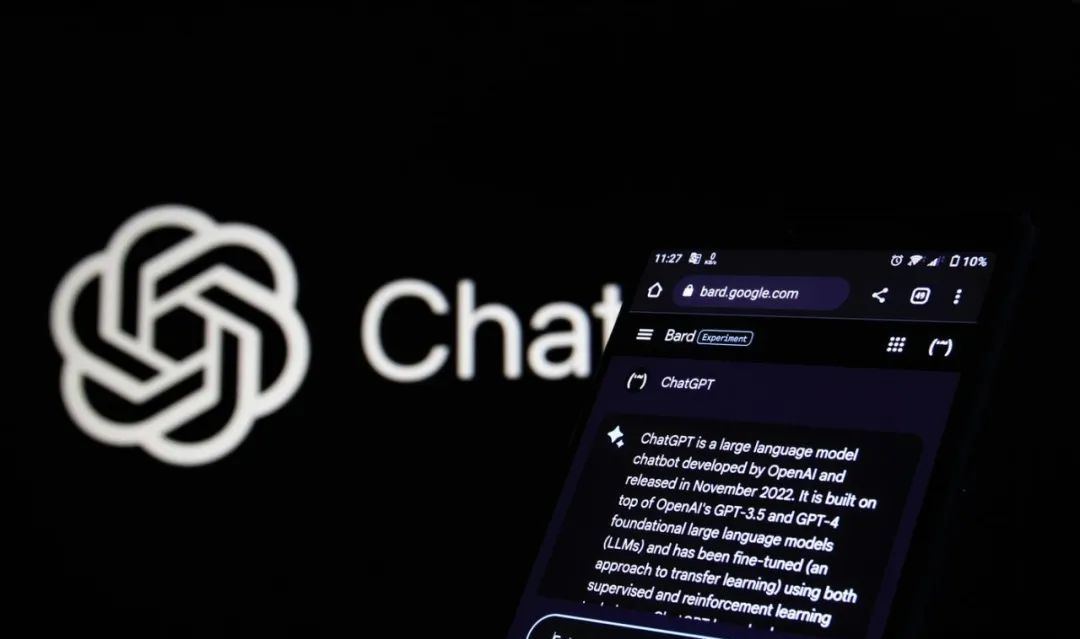In this era of proliferating AI assistants.ChatGPT It's like the new intern across the hall from your workstation - smart but in need of coaching. Many people don't get the results they expect with ChatGPT, feel it's not working, and don't realize that the problem may be with them.

Below, we'll take a look at 7 common mistakes with ChatGPT to see if you're personally using the AI tool as an "artificial retard".
1. Lack of background information
ChatGPT is powerful, but it doesn't "read minds". If you ask it to summarize a book, it will quickly give you a general overview, but if you don't provide additional background information, it may miss the point you really care about.
For example, "Write an article about artificial intelligence" resulted in receiving responses that were too general and unfocused.
For ChatGPT to more accurately meet your needs, it should provide as much contextual information as possible, such as target audience, usage scenarios, content style, etc.
When you are clear about the role, the scenario, and the specific needs, the AI will turn into an assistant that understands you.
2. Optimize your requirements without using ChatGPT
Many people use ChatGPT without knowing how to ask questions. In fact, what ChatGPT does best is actually teach you how to use it well on its own.
Instead of struggling with how to describe the requirements, just say, "I want to design a fitness program, please help me list the details I need to provide."
It will in turn ask you about your target weight, exercise base, available equipment, and help you sort through a complete list of needs. It's like going to a writing assistant with an outline; it's straight up twice as efficient.
3. Ignoring the need for ChatGPT "training"
Many people think of ChatGPT as a static knowledge base, but in reality, it is constantly "learning" your preferences and needs through your input.
For example, when you use ChatGPT to generate ad copy, you will first feed it with a brand introduction, past good examples, and target user profiles. In this way, ChatGPT understands the brand style and audience needs, and generates copy that is more in line with the brand's tone.
The next time you find the AI's answers too general, try uploading your past work or references. With targeted training, its output will become more and more relevant to your needs.

4. Not adjusting your inputs
Many people ask ChatGPT a question, get the answer and then just use or rewrite the question without deep optimization.
But really, the first answer ChatGPT gives isn't always the best. Just like communicating with a human requires back and forth confirmation, conversing with AI also requires iterative optimization.
If the first version of the program is not satisfactory, try using a "please provide more detailed data support" or "rewrite in a more colloquial way".directivesMake corrections.
Or even, you can just ask ChatGPT, "Is there any room for improvement in this answer?" Let it optimize the answer itself.
5. Assuming ChatGPT knows what you want
Sometimes, you feel like the question has been asked clearly, but ChatGPT's answer still doesn't meet your requirements. This is likely because you and the AI have a different understanding.
Don't take it for granted that ChatGPT has understood your intentions; it's best to let it confirm that it has the necessary information first.
For example, you could tell it, "Before you answer, ask me a few questions to make sure you fully understand what I mean, or it could provide you with more information to optimize your response."
This way, you not only improve the accuracy of your answers, but also avoid the hassle of revising them back and forth.
6. Use only the default ChatGPT model
Many people are used to using the default ChatGPT model, but in reality, different models have different focuses.
For example, GPT-4.5 is stronger in language comprehension and generation, whereas o3-mini-high may be better in code and mathematical computation.
If you find that ChatGPT gives less than ideal answers, try switching to a different model and see which one works better. You may get more accurate answers to the same questions with different models, don't limit yourself to one option.
7. Overly concerned about spelling mistakes
Many people are particularly concerned about correct spelling and grammar when entering prompts for fear of affecting ChatGPT's understanding. In fact, this is not necessary at all.
ChatGPT's language comprehension is so good that it understands what you're typing even if it's misspelled or grammatically inaccurate.
For example, if you type "The moon has tanned my skin" instead of "The sun has tanned my skin", it will still understand and complete the task correctly.
So instead of spending time polishing the grammar of the prompts, focus on the content itself and get the answers you want quickly.
at last
Now you know the 7 most common ChatGPT usage myths and how to avoid them.
So instead of complaining that AI doesn't work well, you should upgrade how you use it first.